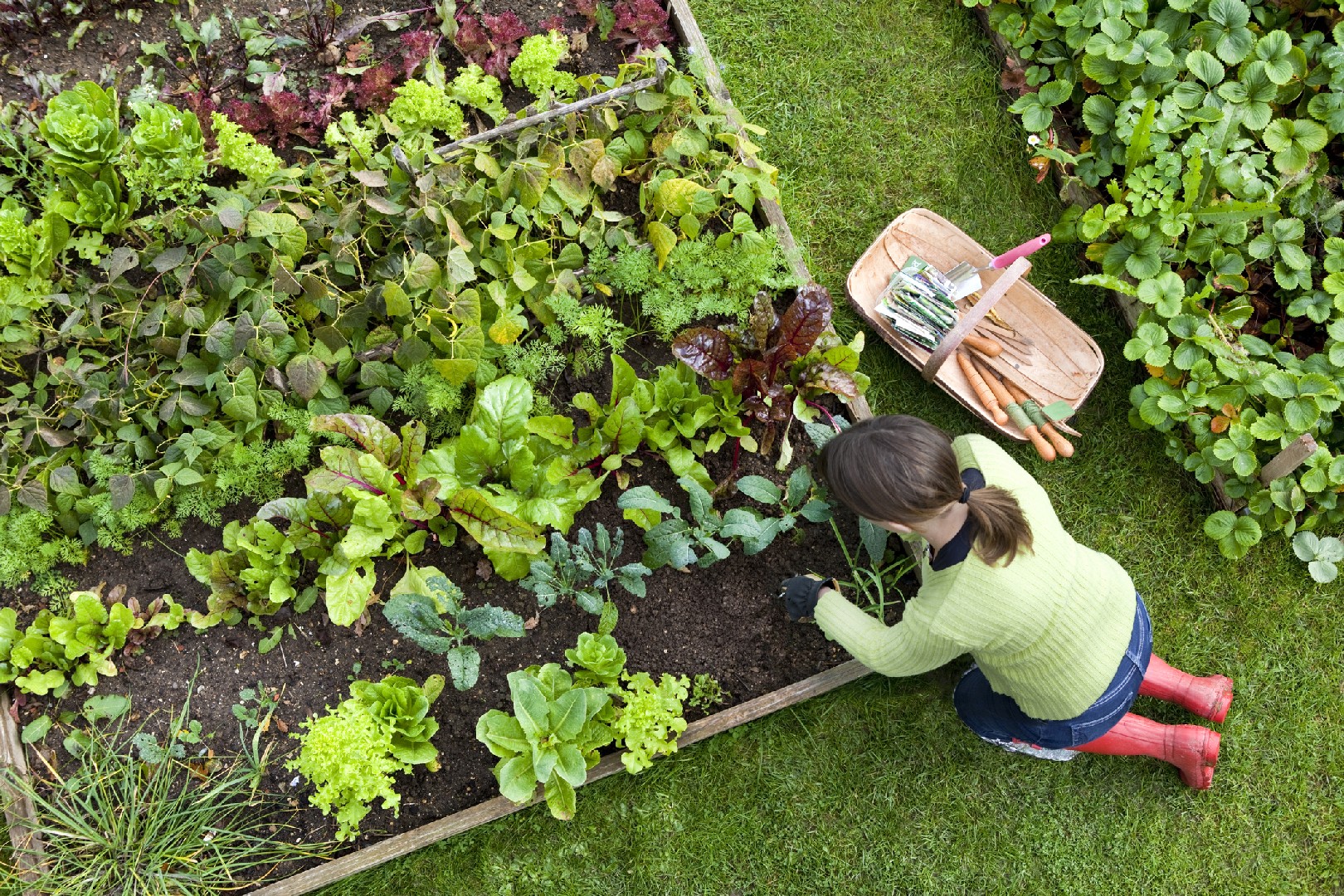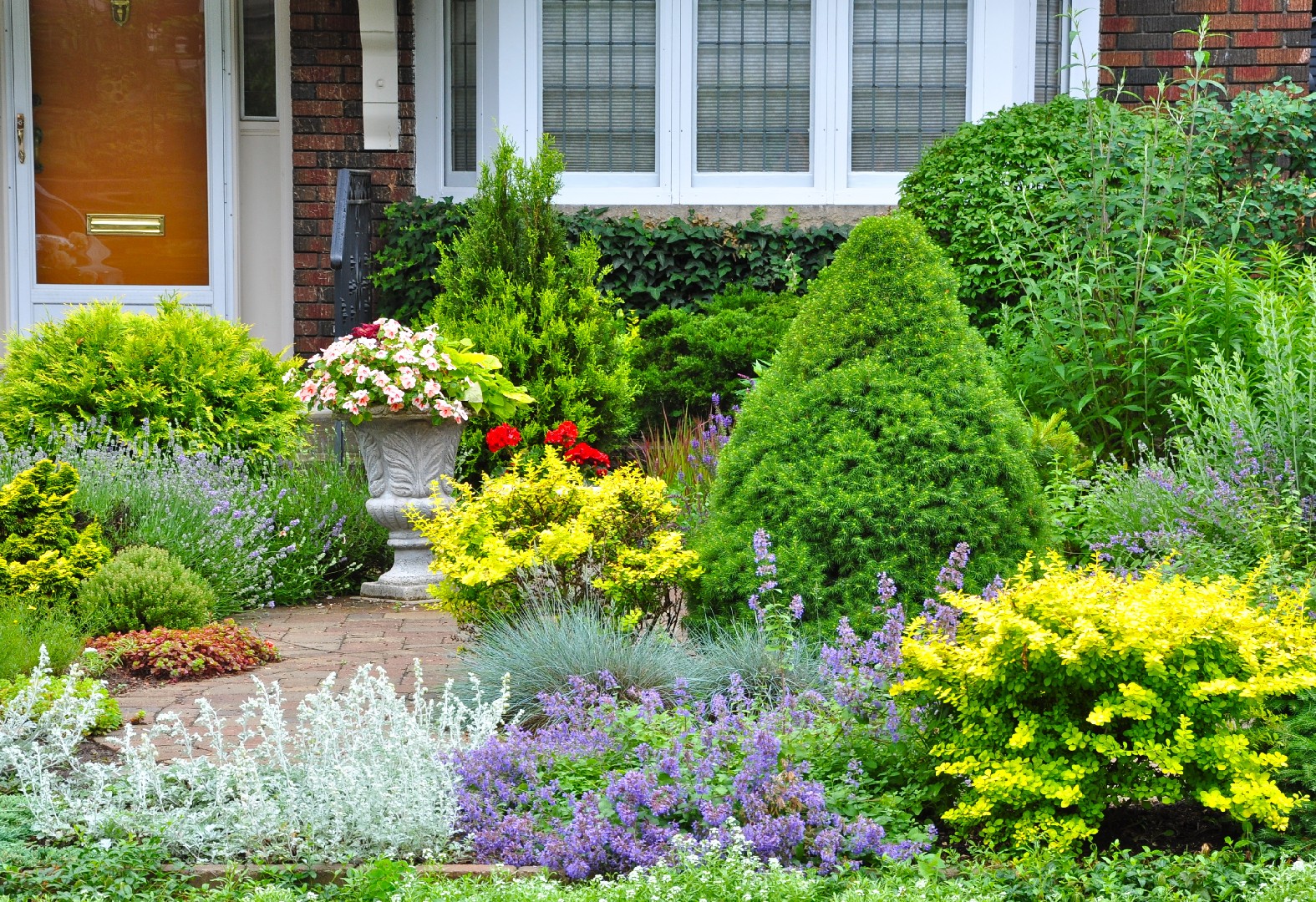![Rectangle]()
Practical Tips and Tricks for Maintaining a Mobile Garden
Maintaining a mobile garden in a bustling city may seem like a daunting task, but with the right tips and tricks, you can enjoy a thriving garden while living in a small space. In this section, we will share practical advice on composting, efficient watering, and pest control, as well as explore the role of technology in aiding mobile gardening and encourage sustainable approaches to gardening.
Composting is a key practice for any gardener, and it is especially important for mobile gardens. By creating your own compost, you can enrich your soil with organic matter, improving its fertility and water-holding capacity. Start by collecting kitchen scraps, such as fruit and vegetable peels, coffee grounds, and eggshells. Avoid adding meat, dairy, or oily foods that can attract pests. Mix these scraps with dry materials like shredded newspaper, dried leaves, or straw to create a balanced compost pile. Regularly turning the compost pile and keeping it moist will help speed up the decomposition process.
Efficient watering is crucial for mobile gardens, as limited space often means limited water availability. Consider installing a smart watering system that automatically adjusts watering schedules based on weather conditions and soil moisture levels. These systems use sensors to measure moisture levels in the soil and release water only when necessary, preventing overwatering. Additionally, using mulch around your plants can help retain moisture in the soil, reducing the need for frequent watering.
Pest control is another important aspect of maintaining a mobile garden. To keep pests at bay without relying on harmful chemicals, try natural pest control methods. Planting companion plants, such as marigolds, basil, or mint, can deter common pests. You can also make your own organic insecticides using ingredients like neem oil, garlic, or hot pepper. Regularly inspect your plants for signs of pests or diseases, and promptly remove any affected leaves or plants to prevent further spread.
In today's digital age, technology can greatly assist in mobile gardening. For example, soil nutrient sensors can provide real-time data on the nutrient levels in your soil, enabling you to adjust your fertilization practices accordingly. Smart irrigation systems can monitor the weather forecast and adjust watering schedules accordingly, ensuring your plants receive the right amount of water. There are also mobile apps available that provide valuable information on plant care, pest identification, and gardening tips.
Finally, sustainable approaches are essential in mobile gardening. Instead of buying chemical fertilizers, consider using organic fertilizers, such as compost or worm castings, which nourish your plants while improving soil health. Recycling is also important - repurpose items like plastic bottles or jars as planting containers, or use them to create vertical gardens. Embracing organic gardening techniques, such as crop rotation and companion planting, can help maintain a balanced ecosystem within your mobile garden.
By following these practical tips and utilizing technology and sustainable approaches, you can create and maintain a beautiful mobile garden in the heart of the city. Gardening not only brings joy and relaxation but also contributes to a greener and more sustainable urban environment. So, grab your gardening tools and get started on your urban gardening adventure today!





